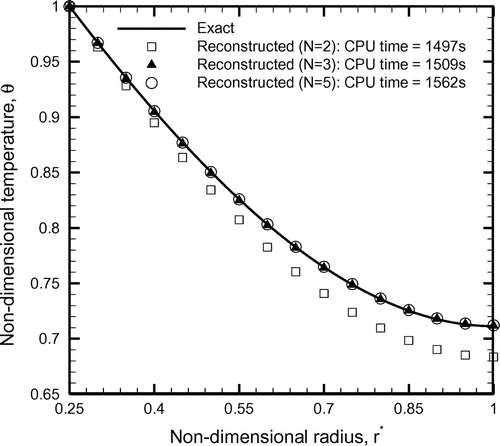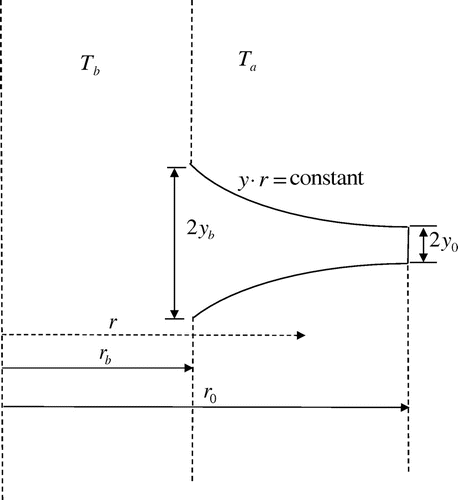Figures & data
Table 1. Different values of parameters considered to be fixed during the inverse analysis.
Figure 3. Validation of the forward method for different non-dimensional thermo-physical parameters.
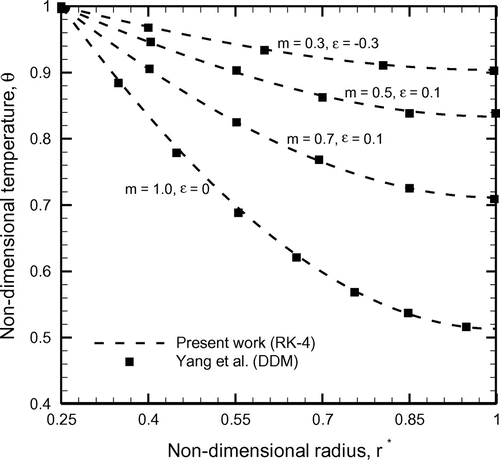
Table 2. Estimated values of various unknowns for temperature field without measurement error, er = 0. (Forward non-dimensional parameters: m = 0.7, ε = 0.1 and 
 = 0.25.)
= 0.25.)
Figure 4. Variation of the objective function, F and unknown parameters (h, k, β) with number of iterations of hybrid algorithm; er = 0.
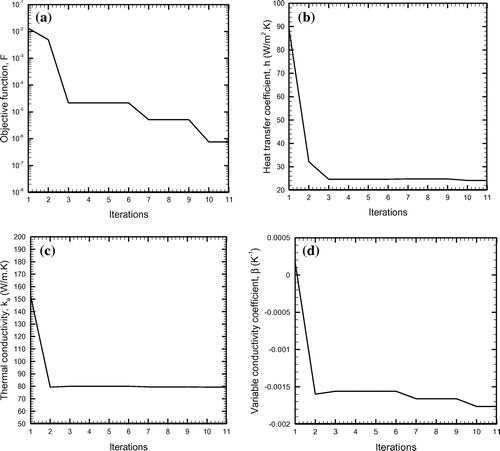
Figure 5. Comparison of the exact and measured temperature fields along with measurement error; m = 0.7, e = 0.1 and = 0.25.
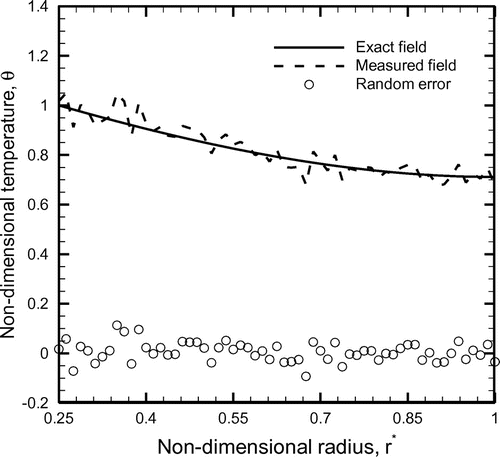
Table 3. Estimated values of various unknowns for temperature field with measurement error, er ≠ 0. (Forward non-dimensional parameters: m = 0.7, e = 0.1 and 
 = 0.25.)
= 0.25.)
Figure 6. Variation of the objective function, F and unknown parameters (h, k, β) with number of iterations of hybrid algorithm; er ≠ 0.
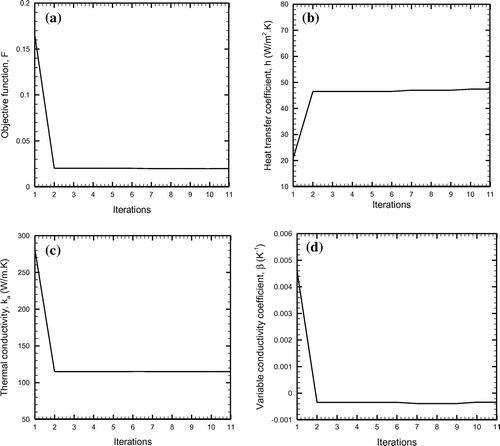
Figure 7. Comparison of the exact and reconstructed temperature fields, (a) without involving measurement error, er = 0, (b) and (c) involving measurement error, er ≠ 0.
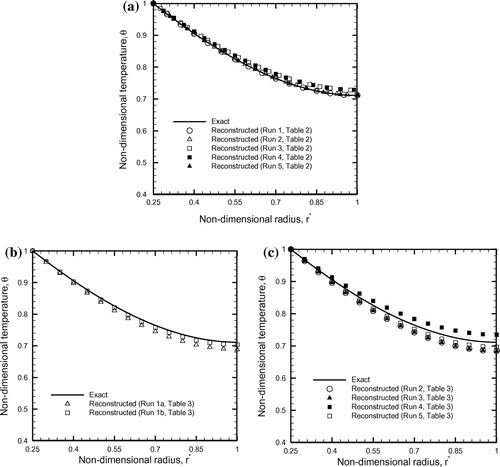
Figure 8. Comparison of the residuals between the exact and the reconstructed temperature fields, (a) without involving measurement error, er = 0 and (b) involving measurement error, er ≠ 0.
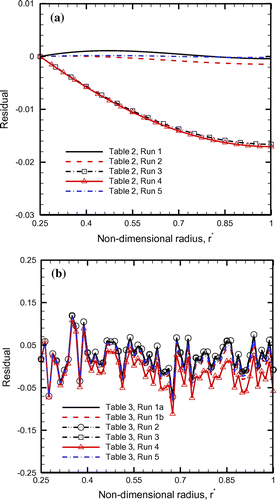
Figure 9. Comparison of the exact and the reconstructed temperature fields for different measurement points.
